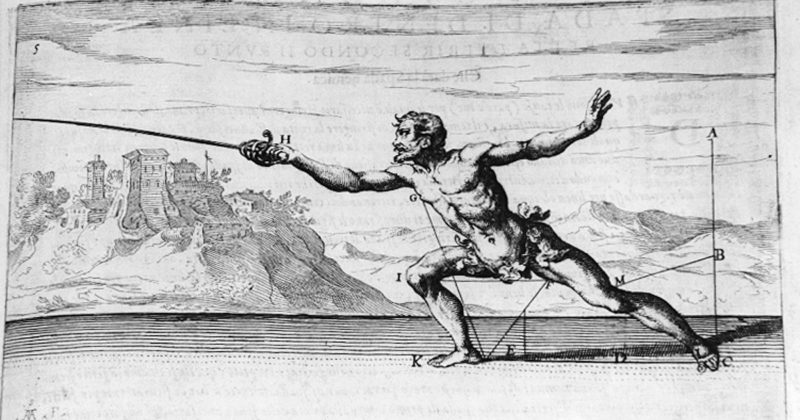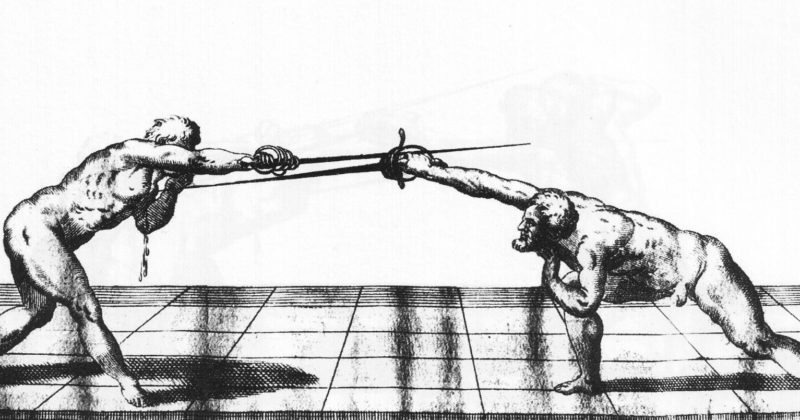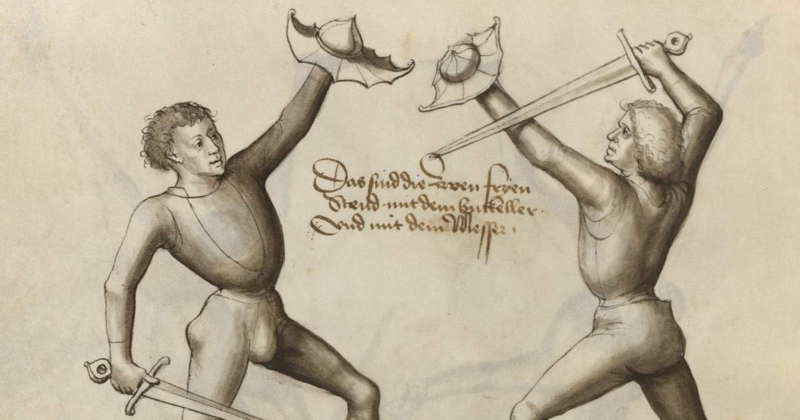
Bratislavský Fecht III – výsledky a videá
Bratislavský Fecht III máme úspešne za nami. Aj tento rok sme pokračovali v raste, kedy nastúpilo takmer 90 súťažiacich zo 4 krajín. Zápasy boli naozaj perné a nikto nikomu nič nedaroval. O to viac blahoželáme víťazom všetkých kategórii, a nielen im: gratulujeme všetkým zúčastnením k skvelým výkonom a dúfame, že sa opäť o rok uvidíme!
(viac…)...




